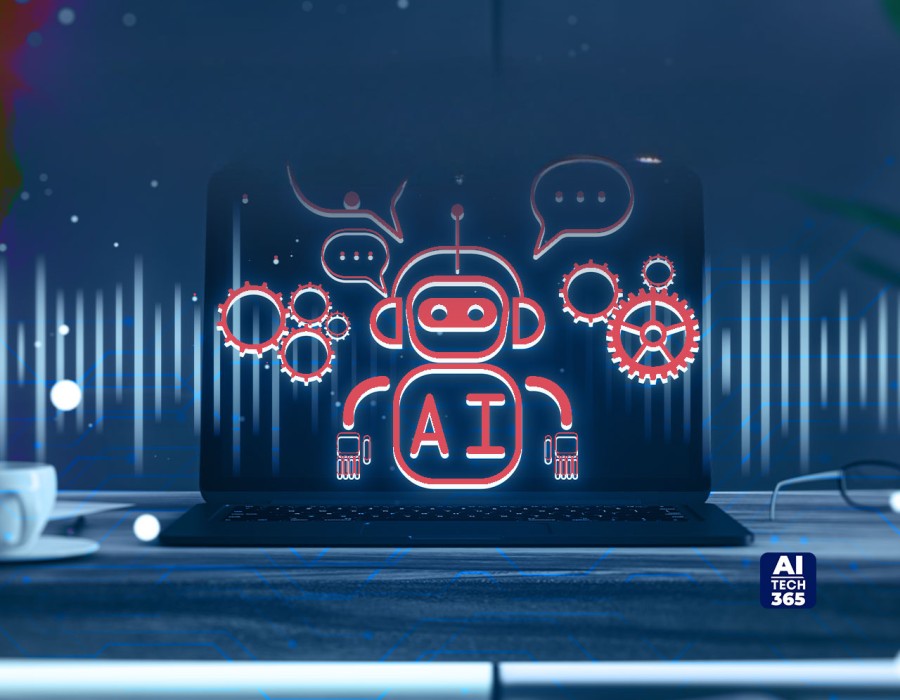What is Machine Translation?
Machine Translation (MT) refers to the automated process of converting text or speech from one language to another using advanced algorithms. This technology has revolutionized industries such as marketing and technology by enabling businesses to localize their websites, communicate with international customers, and streamline multilingual support systems. Educational platforms also leverage MT to provide real-time translations, making language learning more accessible.
Popular machine translation tools include DeepL, Google Translate, SYSTRAN, PROMT, and Smartling, each offering unique advantages for different applications.
How Does Machine Translation Work?
Machine translation is powered by sophisticated machine learning algorithms that analyze and interpret text or speech. Here’s how it works:
- Preprocessing: Input text is filtered, cleaned, and prepared for translation.
- Training: The system is trained on vast datasets of bilingual texts to learn translation patterns.
- Pattern Recognition: The MT system identifies the most likely translations based on previous examples.
- Translation: Using its learned knowledge, the system generates a translated version of the text.
- Refinement: Additional adjustments may be applied to improve translation accuracy and fluency.
What is Neural Machine Translation (NMT)?
Neural Machine Translation (NMT) uses deep learning techniques to deliver more natural translations. Unlike traditional systems, NMT models operate end-to-end, processing entire sentences in one go, making translations more fluid and human-like.
NMT systems are built on artificial neural networks that predict word sequences in the target language based on patterns in the source language. This approach allows for more accurate translations, significantly outperforming older statistical methods.
Machine Translation vs. AI Translation: What’s the Difference?
While machine translation is powered by artificial intelligence, AI translation goes a step further by utilizing self-learning systems that teach themselves language rules. Generative AI models focus on recognizing complex language structures and context, resulting in more accurate and contextually appropriate translations.
While MT is ideal for translating non-critical content quickly and at scale, AI translation is more suited for nuanced or context-specific translations that require a higher level of linguistic precision.
Common Use Cases for Machine Translation
Machine translation benefits a wide range of industries:
- Travel and Tourism: Travelers can navigate foreign countries without language barriers through real-time translation services.
- E-commerce: Businesses can expand globally by automatically translating product descriptions, customer reviews, and websites.
- Media: News outlets and bloggers can reach international audiences faster by leveraging MT for multilingual content distribution.
- Customer Support: Companies can offer seamless global customer support by translating conversations in real-time across different languages.
- Healthcare: Researchers and medical professionals can collaborate globally by translating medical documents, research papers, and patient records.
Best Practices for Using Machine Translation Effectively
To get the most out of machine translation, consider these key strategies:
- Define Your Goals: Know whether you need general understanding or high-precision translations for technical or specialized content.
- Choose the Right Tool: Match the complexity of your text with the appropriate MT tool. For instance, DeepL is ideal for longer, complex texts, while Google Translate handles simpler tasks efficiently.
- Optimize Your Input: Clean and format your input text properly to improve translation accuracy. Providing context where necessary can also enhance output quality.
- Post-Edit: Even the best MT tools may require human review, especially for sensitive or technical content. Utilize editing tools or human post-editors to ensure accuracy.
Conclusion
Machine translation is a game-changer for global communication, breaking down language barriers and making information more accessible. As AI technologies evolve, MT will become even more accurate and nuanced, enhancing cross-lingual communication in various industries, from education and healthcare to business and entertainment.





Comments